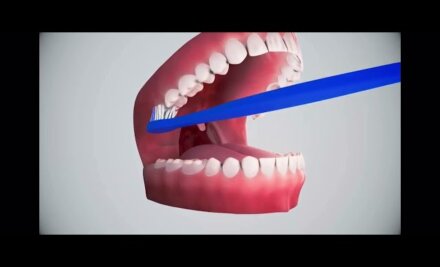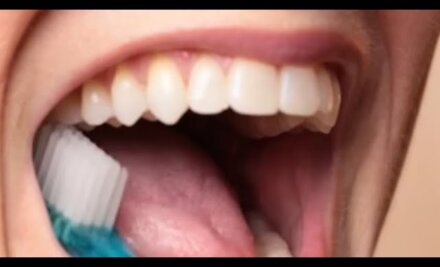We utilize the most advanced instruments and surgical operating microscopes, as they allow us to do as much as possible to save your teeth. Joining their deep expertise with state-of-the-art equipment, our doctors safely and effectively save teeth that may otherwise be removed and replaced with artificial implants.
Types of endodontic microsurgery we provide:
Apicoectomy
The surgical repair of external root resorption
The doctors at Integrative Endodontics can diagnose whether you could benefit from microsurgery. Discuss the different options with them during your in-office consultation. Book your consultation →
Endodontic Microsurgery
FAQs
Often, a tooth that underwent a proper root canal treatment can last the rest of your life without further endodontic attention.
However, sometimes a tooth may not heal or may become infected – months or even years after what seemed like a successful treatment. If this is true for you, endodontic microsurgery may help save your natural tooth. The microscopic perspective lets our doctors examine the entire root of your tooth closely, so they can pinpoint the problem and provide precisely targeted treatment. This is called surgical retreatment.
Our office believes that microsurgery is only indicated once the inside of the tooth is thoroughly cleaned with both light and sound energy, treating the entire root canal space. We offer surgery as an additional treatment when persistent bone infections remain around the root tip.
Local anesthetics in the experienced hands of the doctors at Integrative Endodontics and their gentle staff make the procedure comfortable.
Following surgery, while the incision heals, you may feel some discomfort or experience slight swelling. To accelerate your healing process, we recommend a specific combination of allopathic and naturopathic pain-relief protocols.
An apicoectomy, also known as apical surgery, is a precise procedure that removes the tip of the tooth’s root. Patients rarely need this form of microsurgery, which is considered after both an initial treatment and a retreatment have occurred, and only when more advanced steps are required for the tooth to heal.



